What is a nail gun?
A nail gun is a tool used in driving nails into woods or other materials. The functionality of the nail gun is due to electromagnetism, compressed air, a small explosive charge (for powder-actuated tools), or highly inflammable gases such as propane and butane.
Nail guns are designed for only one purpose, that is, to drive nails into the desired material. It replaces a hammer and nails. An advantage of a nail gun is that it is fast when compared to a manual hammer and nails.
8 Different Types of Nail Guns
Framing Nail Gun
It is a heavy-duty nail gun. It is an ideal tool to be used on wood framing in heavy construction jobs and buildings. A framing nail gun may require nails up to 3-1/2″ that are necessary for joining 2 by 4’s. This nail gun is used in building wood siding, wood sheathing, rooms, fences, decks, and homes.
There are different models of framing nail guns that have interchangeable sequential and contact trip as well as tool-free depth-drive adjustments.
There are two main types of framing nail guns. One is the round head and the other is a clipped head. The round head framing nail guns can hold fewer nails. On the other hand, clipped head framing nail guns are the best option when it comes to high-volume projects. These can hold more nails making the work efficient as you will not be required to stop and put in more nails.
Finish Nail Gun
It is a tool that can be used to finish carpentry work. It is designed to ensure that specific sizes of nails are to be used for the tool. A finish nail gun can be used for baseboards and crown molding. It is different from the brad nail gun and pins nail gun as it can handle bulkier and larger wood pieces.
It is compatible with 15 to 16 finish nails, which are bigger when compared to the brad nails. The bigger finish nails ensure that there is better holding power.
Brad Nail Gun
Contractors have a hard time when trying to figure out the best nail gun when it comes to pin nail guns and brad nail guns. Brad nails can be used for finishing but they use larger nails of 18- gauge. An 18-gauge nail may be relatively small in some works. However, it is still bigger than pin nails. They have a greater holding power when compared to pin-nail guns.
You can use a brad nail gun for any woodwork that needs 15-gauge to 16-gauge nails. This includes crown molding, baseboards, and trim work. A brad nail gun is a good choice for a contractor who wants to finish a job.
Roofing Nail Gun
It is a heavy-duty nail gun. These are only used by professional contractors but there are “do-it-yourself” project people that may own it. A roofing nail gun is used to drive nails into woods and other roofing materials using very fast speed.
There are different types of roofing nail guns. One is a spring-loaded roofing nail gun, which is a simpler roofing nail gun that uses springs to fire nails out of the chamber. The second is a pneumatic roofing nail gun that is powered using an air compressor. These are the most popular roofing nail guns. Lastly, the solenoid roofing nail guns are powered using electromagnetic polarization.
A roofing nail gun is only used for roofing. It is only used by professional roofing contractors.
Pin Nail Gun
Pin Nail Gun is used for finishing carpentry work. It is the smallest nail gun and the most delicate. It is compatible with 23-gauge headless nails that resemble pins. Pin nails have no holding power and are used together with glue or an adhesive. There are times when you can use a pin nail to hold materials into place until the adhesive or glue dries.
Pin nail guns are used for thin veneers, cabinetry, finishing work in carpentry, small furniture trim, delicate trim pieces, and crown molding. In essence, a pin nail gun is used in delicate pieces where larger gauge nails can damage the wood.
Flooring Nail Gun
The appearance of flooring nail guns is very different from the typical nail guns that you may have seen. Flooring nail guns are uniquely designed to ensure that the process of laying tongue-and-groove floorboards is quick.
A flooring nail gun is held at the edge of the board, then a nylon mallet is used in hitting the plunger. This method is efficient and preferred because it drives the nails at the correct angle and depth all the time. They are not as versatile as other types of nail guns because they can only be used for flooring projects.
There are two types of flooring nail guns; manual flooring nail guns and pneumatic flooring nail guns. The two types are used similarly. However, the main difference is that the pneumatic flooring nail guns utilize air pressure to help in driving nails in the floorboard and they do not require too much human exertion.
Palm Nail Gun
Palm nail guns, just like their name, are mini nail guns. They are palm-sized and work similarly to any full-size nail gun but on a smaller scale. They rest on the palm and have a strap that wraps around the hand. Thus, it will comfortably stay in place when you are using it.
There are different types of palm nail guns; electric palm nail guns, cordless palm nail guns, and pneumatic palm nail guns. The cordless palm nail guns use batteries and will offer you freedom and portability. They are not expensive and may come as an additional tool when you purchase a larger nail gun.
They can be used for smaller projects, tight spots, and joist hangers. The main advantage of using a palm nail gun is that there is reduced fatigue since it is easy to use and it is not heavy. You can comfortably use a palm nail gun for extended periods. The small size of palm nail guns is what guarantees extreme accuracy.
They are different from other nail guns that use strips and coils because they use regular nails. They can drive nails ranging from 1.5″ to 3.5″ long. You can also opt for heavy-duty palm nail guns that can drive nails ranging from 2″ to 6″ in length.
Siding Nail Gun
It is a powerful nail gun that is used in the installation of siding. The siding nail gun is used to join thinner pieces of wood or synthetic material to a wooden mount. It is similar to a framing nail gun but better suited for projects that need larger pieces of wood to be joined together.
Siding nail guns use shorter nails that range between 1-1/4″ to 2-1/2″ with wider heads. Some models are compatible with aluminum nails, making them a great option for aluminum siding.
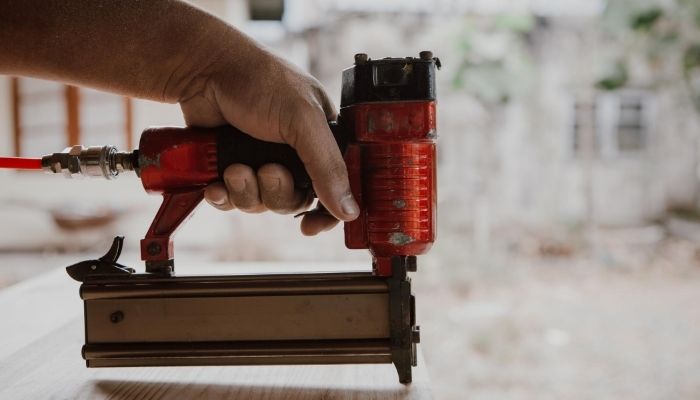
Power Sources of Nail Guns
Based on their power sources, there are three types of Nail guns.
Cordless Nail Guns
A cordless nail gun uses ignited gas that is sparked by a battery. It is a great choice as you can move freely while using it when compared to pneumatic nail guns. It is important to note that the battery should be charged for it to function. If the battery is faulty or does not store its charge for long, ensure that you get a back-up battery and charger that can take you up to an hour. Also, it requires fuel once the tank is empty. It has a quick start-up time but it is not as powerful as a pneumatic nail gun.
A cordless, fuel-driven nail gun utilizes combustion when driving nails. Fuel will drain from a disposable gas cartridge into the combustion chamber. Batteries ensure that there is a provision of charge that helps in the ignition of fuel. The resultant force helps in driving the nail. It does not require hoses or cords, which offers good mobility. A fuel-driven nail gun is powerful and can be used for heavy-duty works that drive large fasteners into hard materials.
Electric Nail Guns
These are only powerful enough to be used for work in a small-scale setting. It requires hooking to an electric outlet for it to function. They are corded and thus limiting portability. An advantage is that it does not require charging, a compressor, or buying a fuel canister. However, it is important to note that an electric nail gun will require an electric outlet.
Pneumatic Nail Guns
Pneumatic Nail Guns require a connection to an air compressor. It is the most powerful and reliable nail gun. Nonetheless, there are limitations when using a pneumatic nail gun. For instance, you will have a limited range of movement because it is connected to a compressor. The rating for pressure for the compressor (which is measured in pounds per square inch, PSI, and the volume (which is measured in cubic feet per minute, CFM) should be equal to or greater than the requirements of the nail gun.
If you want to run other tools as well as the nail gun, you should ensure that the compressor can handle the combined load. Pneumatic nail guns can be powerful and can handle heavy-duty tasks, but the hose and the compressor limit the mobility of the tool.
Firing Method for Nail Guns
- Contact Firing Method: It allows you to drive a nail by bumping the safety tip against the surface. The nail is released when there is pulling of the trigger and pressing the safety tip against the surface simultaneously. This means it allows nails to be driven in succession. The contact firing method helps in speeding up of production work. However, it may be difficult for you to control. There is increased chances of unintentional firing when compared to other methods.
- Single-sequential Firing Method: It requires you to pull the trigger and safety tip against the surface you are working on. In other words, you are required to press the safety tip and then pull the trigger for each nail to be fired. However, you can also keep the safety tip pressed against the work surface and release and reactivate the trigger for every extra nail. It prevents you from bump firing your nails.
- Single-auction firing: Its functionality is the same as single-sequential firing. However, firing the first nail will not demand you to use any order to operate the safety tip and trigger. Therefore, you can bump fire the initial nail.
- Full-sequential firing: With this type of firing, your operations are made safer and easier by requiring sequential activation of the safety tip and trigger to fire each nail. With full-sequential firing, you cannot bump fire. You will be required to activate the safety tip first and then the trigger to ensure that the nail fired. For the next nail to be fired, you will be required to release the tip and trigger, and then reactivate them in the correct sequence. Full-sequential firing will not allow you to work as quickly as contact firing, but there are fewer chances to fire nails unintentionally.
Benefits of Nail Guns
- It saves time: Workers who are experienced have an upper hand as they hammer nails quickly but this cannot be compared to using a nail gun. A nail gun can indeed drive three nails at the same time it will take to drive one nail using a hammer. Therefore, a nail gain works faster when compared to a hammer.
- Offers better accuracy: The accuracy of a nail gun is unmatched. This is mainly because of the speed that is witnessed when using the tool. Hammering by hand can make a person miss the target or can lead to hammering crooked nails. Nail guns drive nails precisely where the tip is placed. However, users should ensure that the nail is held at the right angle. Accuracy is very essential in improving the quality of craftsmanship.
- Your fingers are safe from hammering or nailing: Safety of fingers can be achieved when you are careful. A nail gun is even safer than using a hammer and nails. This is because you are not required to hold the nail when you want to drive it in. However, it is also important to note that injuries can happen when using a nail hammer. All you need to do is ensure that you are careful when using the tool.
- Offers improved craftsmanship: This is as a result of improved accuracy, greater efficiency, and more power. When you work professionally, nail guns will guarantee improved work quality and better efficiency, which ensures that the job gets done faster. Thus, customers will be satisfied with the work you offer. Homeowners will not be forced to do repairs or touch-ups often.
- It is more convenient: You will not be required to lug around nails wherever you go as this can be cumbersome and tedious. Nail guns have magazines that will hold multiple nails for you. All you have to do is load the magazine once the nails are depleted.
- It is more powerful than a manual hammer and nail: Nail guns can drive nails consistently using pressurized force. All that is needed is to ensure that the nail is positioned appropriately. Only one squeeze and the trigger are enough to drive a nail but while using a hammer and nail will require you to hit twice or thrice. The enhanced power seen in a nail gun is what makes it accurate.
Buying Guide of Nail Guns
The power source of the nail gun:
Ensure that you have considered your place of work. Do not buy an electric nail gun if you do have an electric outlet. Additionally, consider the type of work that you are going before settling for an electric, pneumatic, or corded nail gun.
Firing method of the nail gun: You should have a better understanding of different firing methods to avoid accidental firing when working on your project. The firing method of most nail guns is dependent on the operation of the trigger and the safety tip that you press against the work surface.
Features of the nail gun: Ensure that you have considered the features that are likely to make your work easier and more efficient. These features include a directional exhaust system, jam-clearing systems, depth adjustment, large triggers, carrying cases, swiveling air connectors, protective guards, nail size adjustment, and work light.
Safety of the nail gun: Every tool requires putting into consideration safety when using it. Safety is normally written on the product but it is important to ensure that you have followed instructions from the manufacturer.
Type of nails: It is important to be aware of the purpose of the nail gun you want to purchase. This is because heavy-duty construction will demand a framing or 15-gauge nail. A 1-gauge nail is a good all-around. The 18-gauge nail is used for delicate work. A 23 gauge nail is referred to as pins and it is used for fine nailing and fixing work.
Best Overall Nail Gun
Bostitch F21PL
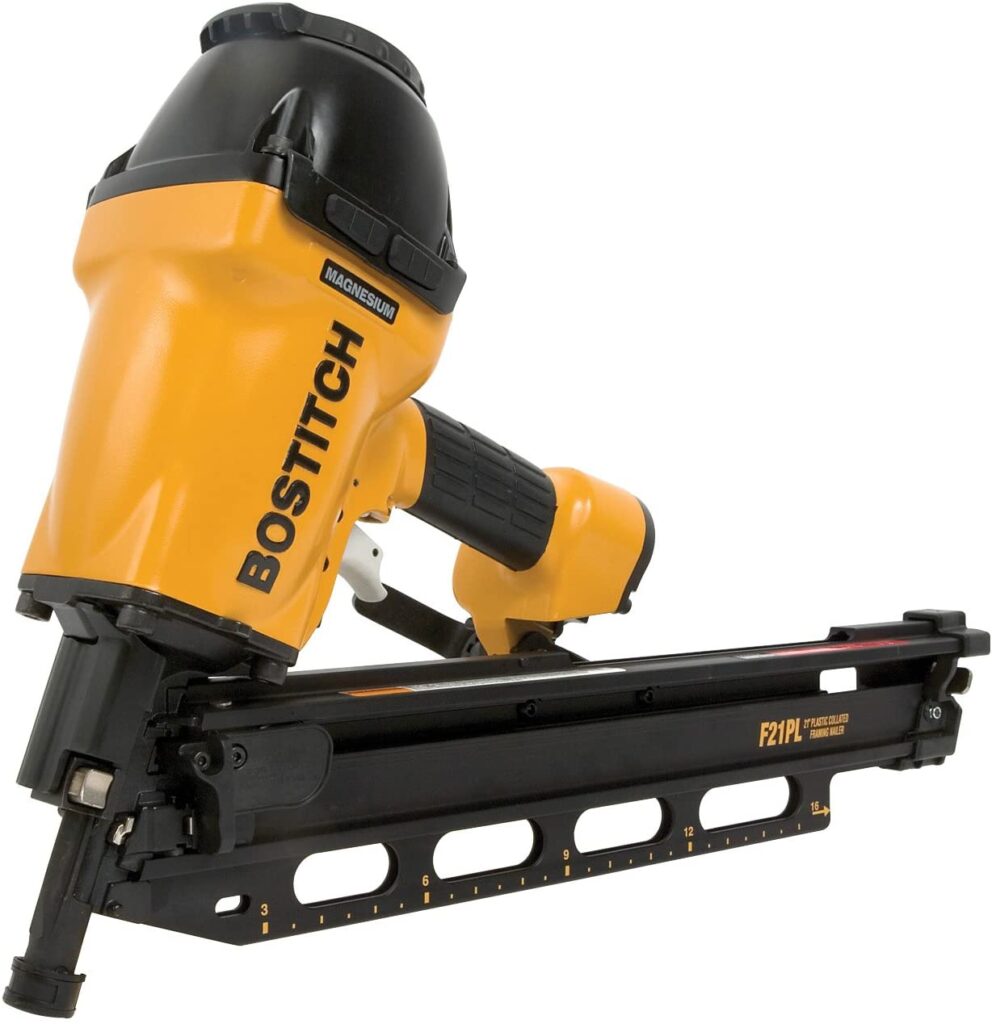
It is a pneumatic nail gain that uses compressed air for it to function. The features of the compressor tool include a fastener collation, fastener depth control, 1-1/2 inch to 3-1/2 inch framing nail gun, 1050 inch-pounds of driving power. You can use either a sequential or contact firing method.
It is a two-in-one nail gun that comes with 2 quick-change nose pieces. You can easily convert it to framing or metal connector applications. It has a lightweight magnesium housing with integrated rubber skid pads and a rubber grip to prevent sliding.
It uses the pressure of 80-120 psi and it weighs 8.1 pounds and measures 14-1//4 by 20-1/2 inches.
Frequently Asked Questions
What is the best nail gun for home use?
There are different types of nail guns in the market. The best nail gun that is suited for your home will depend on the type of work that you are planning to do. However, you can choose a heavy-duty nail gun as this can be multi-purpose.
What is the difference between a brad nailer and a finish nailer?
The main difference between brad nailers and finish nailers is the size of nails used. Brad nail guns use larger nails of 18-gauge while finish nail guns use nail sizes that range between 15-gauge to 16 gauge. Another difference is that finish nail guns have a greater holding power than brad.
Can I use a finishing nailer for framing?
Yes. Finish nail guns are used to shoot 15-gauge to 16-gauge nails. Framing requires heavy-duty tools that will be able to bigger nails. Therefore, finish nail guns can handle bulkier and larger wood pieces.
Can a finish nailer shoot brads?
Yes. Brad nails have a gauge of 18, which is smaller compared to the 15-gauge to 16-gauge used in finish nail guns. Therefore, the brad nail will not be too thick to shoot through a finish nail gun.
How far can a nail gun shoot?
Nail guns can fire projectiles of up to 100m/s (328 ft/s) to 150 m/s (492 ft/s). A nail gun can also shoot distances of up to 500m, and thus should be used cautiously.
Which trigger is more dangerous on a nail gun?
Using a multi-shot contact trigger has proved to be more dangerous compared to using a single-shot sequential trigger.
How loud is a nail gun?
Larger nail guns can be a bit louder when compared to smaller nail guns. The noise of larger nail guns can range from 90-100 decibels, which is nearly close to a gunshot. Therefore, you may be required to use earplugs.
Why do nail guns double fire?
This happens when the second nail will unintentionally fire because the nail gun re-contacted the workpiece after a recoil. Also, it may occur if the safety contact slips when you are positioning the nail gun.
What is a sequential trigger?
It means that you have to pull the trigger and safety tip against the surface you are working on. In other words, you are required to press the safety tip and then pull the trigger for each nail to be fired.
What causes a nail gun to not fire?
Lack of regular lubrication is what causes nail guns not to fire. Therefore, ensure that you have lubricated the piston after every 6 to 8 firing of the trigger. Another cause is the vibrations caused by firing can loosen the screws that surround the barrel tip.
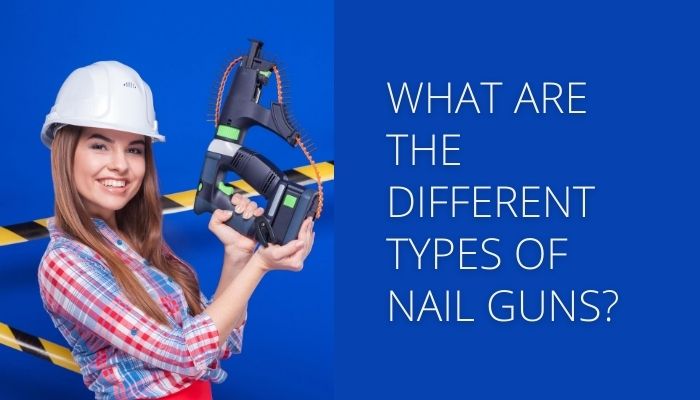
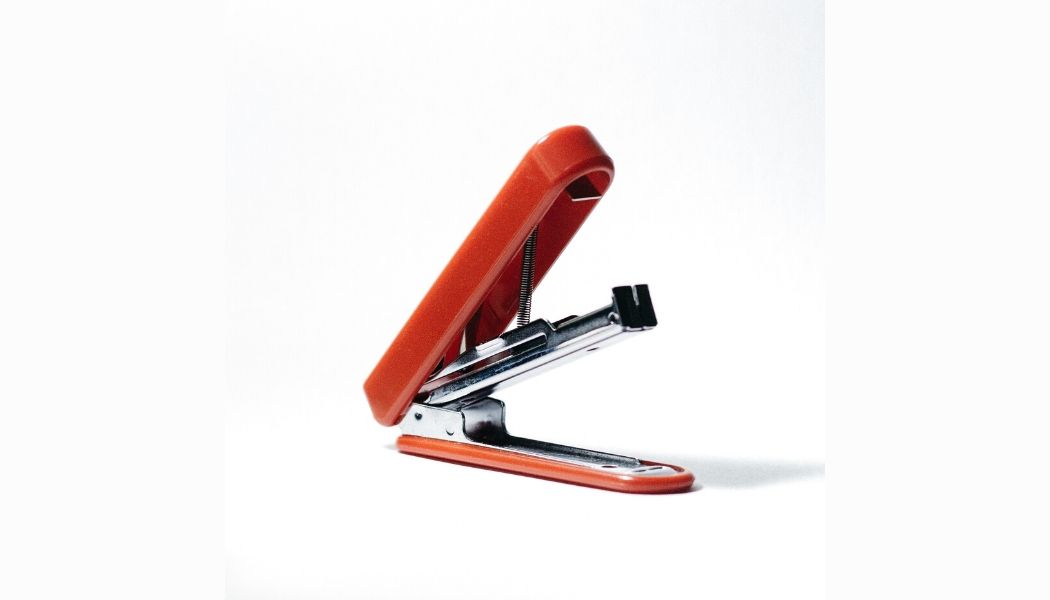
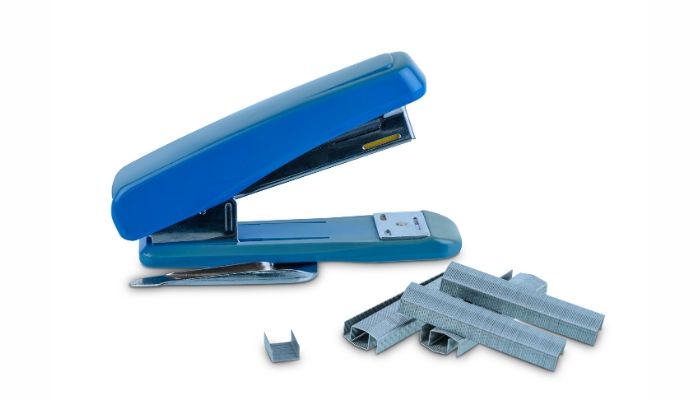
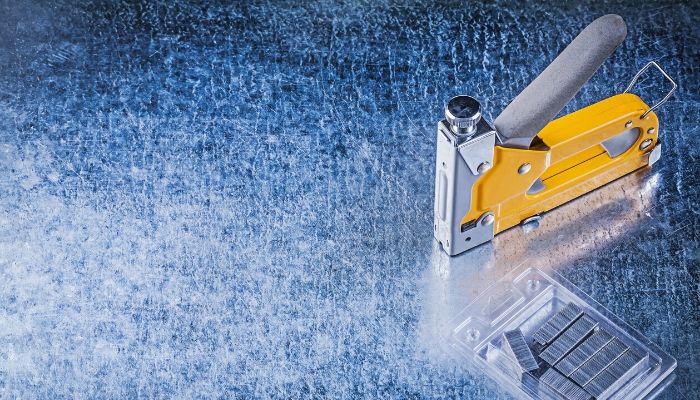
Leave a Reply